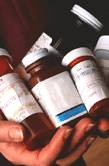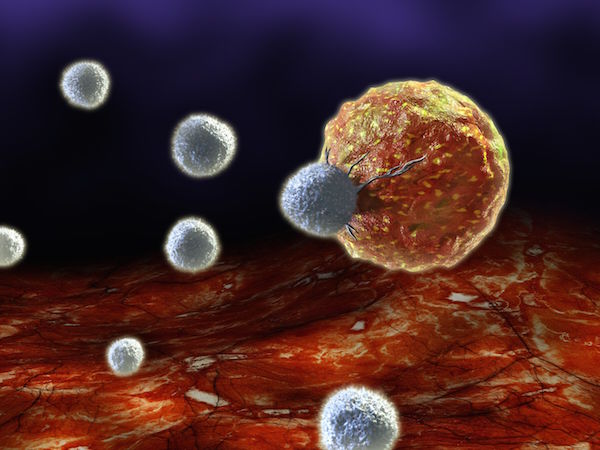
FRIDAY, May 3 (HealthDay News) — Children with cancer often have complex medication regimens — sometimes as many as 20 drugs a day — that they take at home, and mistakes are common, a new study finds.
Errors often occur when parents don’t understand how to give the drugs, but mislabeled bottles and wrong prescriptions are also to blame, researchers say.
“Parents of children with cancer make many mistakes giving their children critical medicines, including chemotherapy at home,” said lead researcher Dr. Kathleen Walsh, of the departments of pediatrics and medicine at the University of Massachusetts School of Medicine in Worcester.
Injuries were often related to under-dosing pain medication, which was causing pain for the children, she said. “Sometimes parents wouldn’t fill prescriptions, or give the proper dose,” Walsh said.
“One thing that was surprising was the high rate of errors that go on,” she added. “This high rate of errors calls us to remind doctors and parents that they need to be aware that home medication use is fraught with error, so they need to give the medicines exactly as they are told to do.”
That’s not to blame parents, Walsh noted. “Usually parents weren’t aware they were making mistakes. They weren’t aware that what they were doing could be dangerous or could decrease the effectiveness of the medications they were using,” she said.
Parental “workarounds” to get kids to take medicines could make them less effective.
For example, one child wouldn’t take a chemotherapy drug, so the parent sprinkled it on his dinner not realizing the drug doesn’t work when taken with food, Walsh said.
“Another parent wasn’t using a pill cutter, but using a knife to cut the medication and so the chemotherapy was crumbling and much of it was left on the table,” she explained. “Parents didn’t realize this was a mistake.”
Walsh thinks parents need more support in how they use medications at home. “Parents need to understand you need to give medications exactly as prescribed and if you are going to change that in any way you need to tell the doctor,” she said.
The report was published in the May print issue of Pediatrics.
Dr. Len Lichtenfeld, deputy chief medical officer at the American Cancer Society, said that “when you are caught in the middle of the chaos and sadness of a sick child, it’s not uncommon to see significant mistakes made when [parents are] giving medications to their children.”
Many of the parents in the study were college educated, but no matter how well-educated the parents there are still many gaps in understanding how to administer chemotherapy at home, he said.
Lichtenfeld noted that these errors weren’t always the parent’s fault. “There were discrepancies between the labels on the drug and what the parents were supposed to do,” he said. It’s possible that the doctor changed the dose, but it was not reflected in the label from the pharmacy. This problem could be solved by better labeling, he added.
To gauge the scope of medical errors, Walsh’s team visited the homes of 92 children with cancer and watched 242 medications being given. In addition, the team reviewed 963 prescriptions for the correct drug and dose.
In all, they found 72 medication errors, four of which were harmful to the child and 40 more that could have been harmful.
Two errors were classified as life-threatening, 13 as serious and 25 as significant errors. Most of the errors were for non-chemotherapy drugs, the researchers noted.
Another expert, Dr. Maggie Eidson, a pediatric oncologist at Miami Children’s Hospital, said that “the fact that there are errors isn’t surprising. It reminds us we need to give parents good tools to keep their dosing regimens clear and help parents to manage things at home better.”
More information
To learn more about childhood cancer, visit the American Cancer Society.

